I have a parent-child hierarchy in my source structure where a child could point to his parent and for his parent could exist multiple rows. If we than flatten the hierarchy this would mean that every child row need to exist beneath his parent row.
Image below to clarify
I have already picked out my brains how to resolve this in a performant manner in T-SQL because my source set is 300K rows and this will lead to heavy processing. Help is greatly appreciated!
Code to directly start from the example above see below.
SELECT *
INTO Orders
FROM (SELECT CAST('A' AS NVARCHAR(1)) AS Id, CAST('' AS NVARCHAR(1)) AS ParentId, CAST(10 AS int) AS Qty UNION ALL
SELECT CAST('A' AS NVARCHAR(1)) AS Id, CAST('' AS NVARCHAR(1)) AS ParentId, CAST(20 AS int) AS Qty UNION ALL
SELECT CAST('B' AS NVARCHAR(1)) AS Id, CAST('A' AS NVARCHAR(1)) AS ParentId, CAST(30 AS int) AS Qty UNION ALL
SELECT CAST('B' AS NVARCHAR(1)) AS Id, CAST('A' AS NVARCHAR(1)) AS ParentId, CAST(40 AS int) AS Qty UNION ALL
SELECT CAST('C' AS NVARCHAR(1)) AS Id, CAST('B' AS NVARCHAR(1)) AS ParentId, CAST(50 AS int) AS Qty UNION ALL
SELECT CAST('C' AS NVARCHAR(1)) AS Id, CAST('B' AS NVARCHAR(1)) AS ParentId, CAST(60 AS int) AS Qty UNION ALL
SELECT CAST('C' AS NVARCHAR(1)) AS Id, CAST('B' AS NVARCHAR(1)) AS ParentId, CAST(70 AS int) AS Qty) AS T1
